Abdominal Muscle – Anatomy and Exercise
Introduction
The abdominal muscles form the anterior and lateral abdominal wall and consist of the external abdominal obliques, the internal abdominal obliques, the rectus abdominis, and the transversus abdominis. Acting together these muscles form a firm wall that protects the viscera and they help to maintain erect posture. In addition the contraction of these muscles helps in expiration and to increase intra-abdominal pressure such as in sneezing, coughing, micturating, defecating, lifting and childbirth.
Anatomy :
Abdominal muscle, any of the muscles of the anterolateral walls of the abdominal cavity, composed of three flat muscular sheets, from without inward: external oblique, internal oblique, and transverse abdominis, supplemented in front on each side of the midline by rectus abdominis.
1. EXTERNAL OBLIQUE MUSCLE :
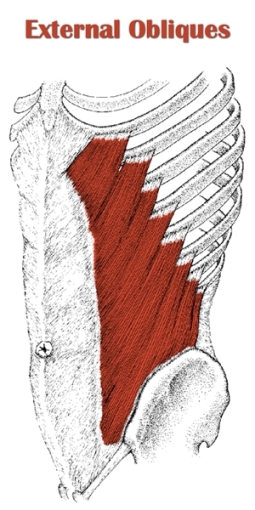
ORIGIN :
This muscle originates as eight fleshy slips from the outer surfaces middle of the shaft of the lower eight ribs. The fibers of this muscle run downwards, forwards and medially.
INSERTION :
The upper fibers of the muscle end in a broad aponeurosis thriugh which they are inserted from above downwards into the xiphoid process, linea alba, pubic symphysis, pubic crest and the pectineal line of the pubis.
The lower fibers of the muscle are inserted directly into the anterior two-thirds of the outer lip of the iliac crest.
NERVE SUPPLY :
External Oblique muscle is supplied by lower six thoracic nerves
ACTION :
The action of this muscle are :
1. act as a support for abdominal viscera.
2. helps in expulsive acts like micturation, dafaecaton, parturition, vomiting etc.
3. helps in producing forceful expiration as in coughing, sneezing, blowing, shouting, etc.
4. helps in trunk movement mainly trunk rotation.
2. INTERNAL OBLIQUE MUSCLE :

ORIGIN :
The muscle originates from
a. The lateral two-thirds of the inguinal ligament.
b. The anterior two-thirds of the intermediate area of the iliac crest.
c. The thoracolumbar fascia.
The muscle fibers then run upwards, forwards and medially crossing the fibers of the external oblique muscle at right angle.
INSERTION :
The uppermost fibers are inserted directly into the lower three or four ribs and their cartilages.
The greater part of the muscle ends in aponeurosis through which it is inserted into seventh, eighth and ninth costal cartilages, the xiphoid process, linea alba, pubic crest and the pectineal line of the pubis.
NERVE SUPPLY :
This muscle is supplied by lower six thoracic nerves and the first lumbar nerve.
ACTION :
The action of this muscle are :
1. act as a support for abdominal viscera.
2. helps in expulsive acts like micturation, dafaecaton, parturition, vomiting etc.
3. helps in producing forceful expiration as in coughing, sneezing, blowing, shouting, etc.
4. helps in trunk movement mainly trunk rotation.
3. TRANSVERSUS ABDOMINIS MUSCLE :
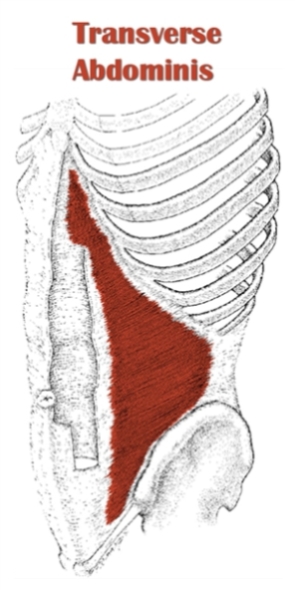
ORIGIN :
The muscle origins from :
a. The lateral one-third of the inguinal ligament.
b. The anterior two-thirds of the inner lip of the iliac crest.
c. The thoracolumbar fascia.
d. The inner surfaces of the lower six costal cartilages.
INSERTION :
The fibers end in a broad aponeurosis which is inserted into the xiphoid process, the linea alba, the pubic crest, and the pectineal line of pubis.
The lower fibers of the muscle fuse with the lowest fibers of the internal oblique to form conjoint tendon.
NERVE SUPPLY :
This muscle is supplied by lower six thoracic nerves and the first lumbar nerve.
ACTION :
The action of this muscle are :
1. act as a support for abdominal viscera.
2. helps in expulsive acts like micturation, dafaecaton, parturition, vomiting etc.
3. helps in producing forceful expiration as in coughing, sneezing, blowing, shouting, etc.
4. helps in trunk movement mainly trunk rotation.
4. RECTUS ABDOMINIS MUSCLE :

ORIGIN :
The muscle originates as two tendinous head,
a) Lateral head from the lateral part of the pubic crest
b) Medial head from the anterior pubic ligament.
INSERTION :
The muscle inserts on the front of the wall of the thorax along a horizontal line passing laterally from the xiphoid process and 7th, 6th and 5th costal cartilages.
NERVE SUPPLY :
The muscle is supplied by lower six or seven thoracic nerves.
ACTION :
The action of this muscle are :
1. act as a support for abdominal viscera.
2. helps in expulsive acts like micturation, dafaecaton, parturition, vomiting etc.
3. helps in producing forceful expiration as in coughing, sneezing, blowing, shouting, etc.
4. helps in trunk movement mainly trunk rotation and flexion of trunk.
ABDOMINAL MUSCLE INJURY :
An abdominal muscle strain, also called a pulled abdominal muscle, is an injury to one of the muscles of the abdominal wall. A muscle strain occurs when the muscle is stretched too far. When this occurs the muscle fibers are torn. Most commonly, a strain causes microscopic tears within the muscle, but occasionally, in severe injuries, the muscle can rupture from its attachment.
CAUSES :
a) sudden twisting or fast movement
b) intense and excessive exercise
c) not properly resting overused muscles
d) improper technique while playing sports that require running, turning, and jumping
e) lifting heavy objects
f) laughing, coughing, or sneezing
SEVERITY :
Abdominal muscle strains are graded according to the severity of the injury:
- Grade I (Mild): Mild discomfort, often no disability. Usually does not limit activity.
- Grade II (Moderate): Moderate discomfort, can limit the ability to perform activities such as crunches or twisting movements.
- Grade III (Severe): Severe injury that can cause pain with normal activities. Often patients complain of muscle spasm and bruising.
SYMPTOMS :
- sudden sharp pain
- swelling
- bruising
- weakness
- stiffness
- pain or difficulty stretching or flexing the muscle
- muscle spasms or cramping
TREATMENT :
Treatment of an abdominal muscle injury is difficult. There’s no way to splint the abdomen and it’s nearly impossible to fully rest these muscles.
That said, the most important step after you sustain an abdominal muscle strain is to allow the muscle to cool down so that the inflammation can subside. Avoiding exercise to allow the injured muscle to heal is important. Activities that cause pain or spasm of the abdominal muscles should also be avoided.
The treatment is as follow :
1.Cold Therapy :
Performing cold therapy as soon as possible can help to relieve bleeding, pain, and swelling. Cold therapy may help reduce inflammation.
2. Heat Therapy :
Using heat therapy can help relax your muscles and relieve tension, which helps reduce pain. Heat also increases blood flow to the affected area. This can promote healing and reduce inflammation.
3. Painkillers :
You can also take OTC medications to lessen the severity of the pain. Nonsteroidal anti-inflammatory drugs(NSAIDs), such as ibuprofen and naproxen sodium, may also help relieve swelling and inflammation.
4. Compression :
You may consider wearing an abdominal binder or bandage to help compress your abdominals. The applied pressure can help minimize movement and swelling.
5. Rest :
Rest as much as you can and avoid any activities that cause you stress or strain.
6. Exercise :
Once your symptoms have subsided, you can begin abdominal and core strengthening exercises.
STRENGTHENING EXERCISE OF ABDOMINAL MUSCLE :
1. KNEE FOLD TUCK :

- Sit tall with hands on floor and knees bent with a playground ball squezzing in between them.
- Lift knees so shins are about parallel to the floor and extend the arms.
- Pull knees toward shoulders while keeping upper body still.
- Bring knees back to starting position.
- Repeat 15 to 20 times.
2. CLIMBING ROPE :

- Sit with legs extended with the feet turned out in a V position and toes pointed.
- Contract core muscles and roll spine into a C-curve.
- Lift arms and move them as if one was climbing a rope.
- Twist slightly with each reach.
- Do 20 reaches with each arm.
3. SIDE BALANCE CRUNCH :

- Begin with left knee and left hand on the floor and right arm straight up.
- Extend right leg so the body forms a straight line.
- Pull right knee toward torso and right elbow toward knee.
- Straighten arm and leg.
- Repeat 10 times, then switch sides.
4. CIRCLE PLANK :

- Start in a plank position with abs tight.
- Pull right knee in and circle it clockwise and then anticlockwise.
- Keep the rest of the body stationary.
- Repeat five times, then switch legs.
5. SLIDING PIKE :

- Begin in a plank on an uncarpeted floor with hands under shoulders and a towel under feet.
- With legs straight, raise hips and draw legs toward hands into a pike position the feet should slide easily.
- Hold for one count, then return to start.
- Repeat 10 times.
6. OBLIQUE REACH :

- Sit with knees bent and feet on floor.
- Straighten right leg. Roll spine into a C-curve.
- Place left hand behind head and extend right arm.
- Twist body to the left, roll back a bit more and hold for one count, then come up.
- Do five reps, then switch sides.
STRETCHING EXERCISE OF ABDOMINAL MUSCLE
1. HIGH COBRA STRETCH :

- Lie on the stomach on a mat.
- Place the hands under the underarm creases and bend the elbows against the rib cage.
- Inhale as one straighten the elbows and lift the face, front of the shoulders and chest up off the ground.
- The back bends into an arch. Hold for five to 10 full breaths.
- Gently lower back to the mat.
- Repeat as many times as is desired.
2. STANDING OBLIQUE STRETCH :
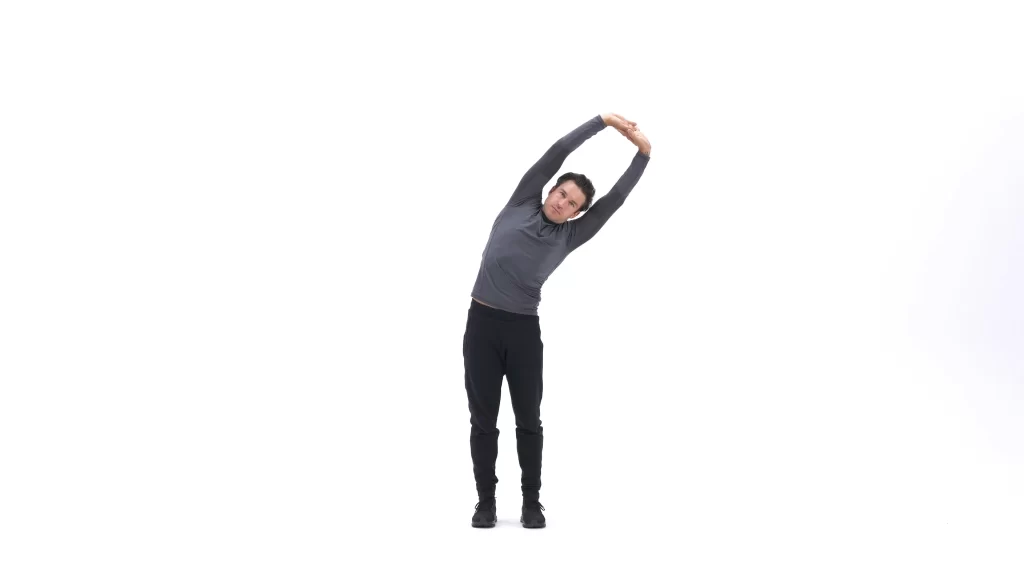
- Stand with both the feet planted on the floor about hip-distance apart.
- Reach both arms up overhead. Hold the left wrist with the right hand and gently bend to the right side.
- Hold for five to 10 breaths and return to center.
- Repeat on the left side by grabbing the right wrist with the left hand and gently leaning left.
3. STABILITY BALL STRETCH :

- Use a large, stability ball to lengthen all the muscles of the abdomen.
- Sit on a stability ball. Ensure it’s the right size by noting that the knees form a 90-degree angle as one sits.
- Walk the feet forward and lie back on the ball until the back arches over the sphere.
- Open the arms and relax the head, neck and shoulders.
- Keep both the knees bent as one lie back, or for greater intensity, stretch the legs long.
- Hold for five or more breaths.
- Slowly walk back up to seated to exit the stretch.
4. SEATED ROTATION :

- Sit down on a chair with the spine straight.
- Rotate the body to one side and hold the position.
- One can use the chair to help hold the position.
- Hold the stretch for 20-30 seconds.
- Don’t push yourself into pain.
FAQ
What are the 4 main abdominal muscles?
Your 4 main abdominal muscles are rectus abdominus, external obliques, internal obliques, and transversus abdominis.
What are the muscles of the abdomen layer?
The abdominal wall has 9 layers are:
skin
subcutaneous tissue
superficial fascia
external oblique muscle
internal oblique muscle
transversus abdominis muscle
transversalis fascia
preperitoneal adipose
areolar tissue
peritoneum.
Where are abdominal muscles?
Your abdominal organs are protected by your abdominal muscles, which surround your trunk between the rib cage and pelvis. Your body is stabilized and balanced by your core abdominal muscles, which also support your trunk and permit movement.
Which abdominal muscle is known as the 6 pack?
The linea alba, a connective tissue, runs down the midline of the abdomen, connecting the rectus abdominis muscles, also known as the “6 pack” muscles.

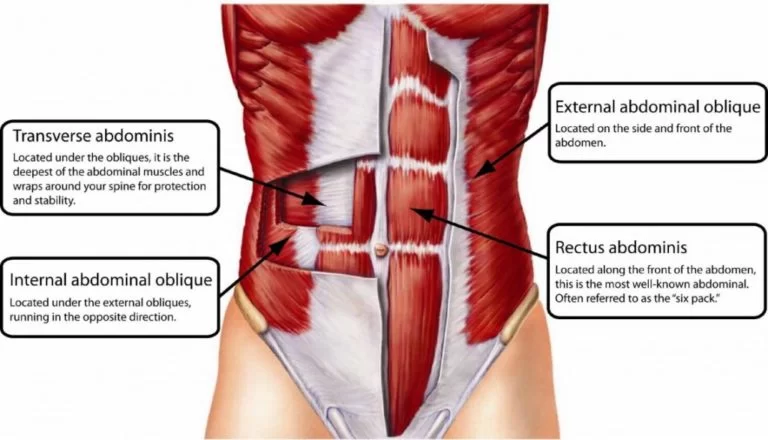

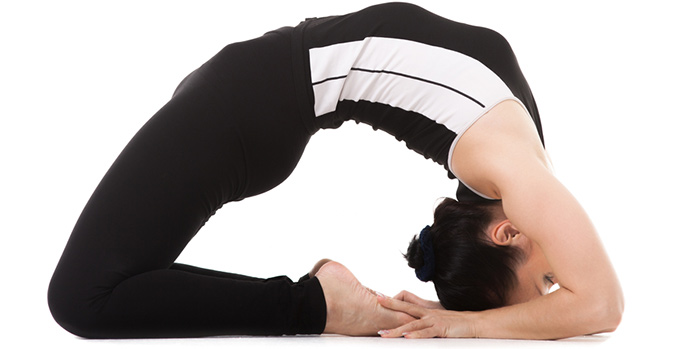
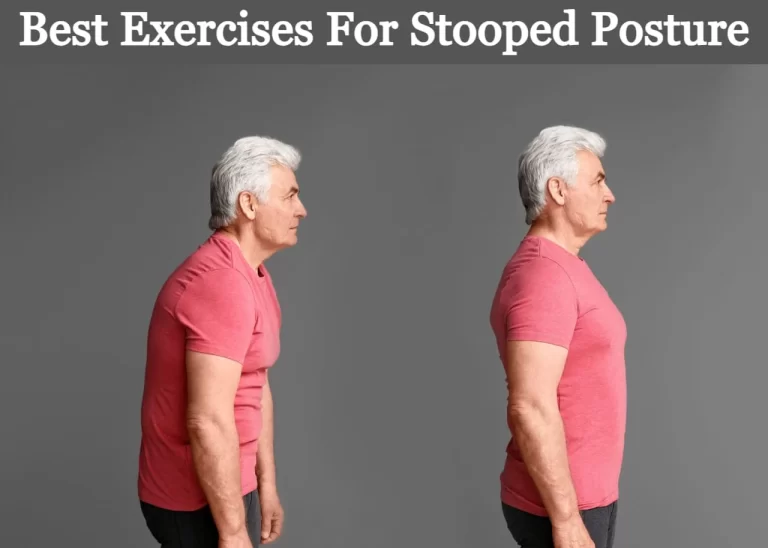
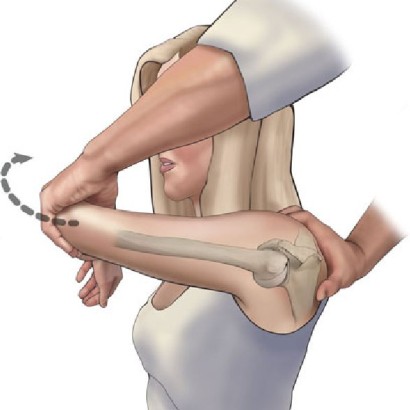
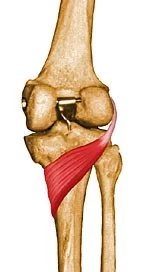
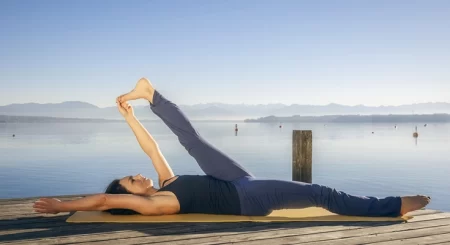
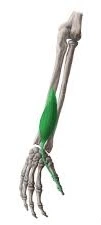
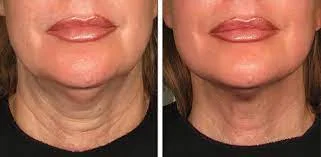
49 Comments